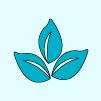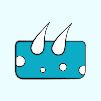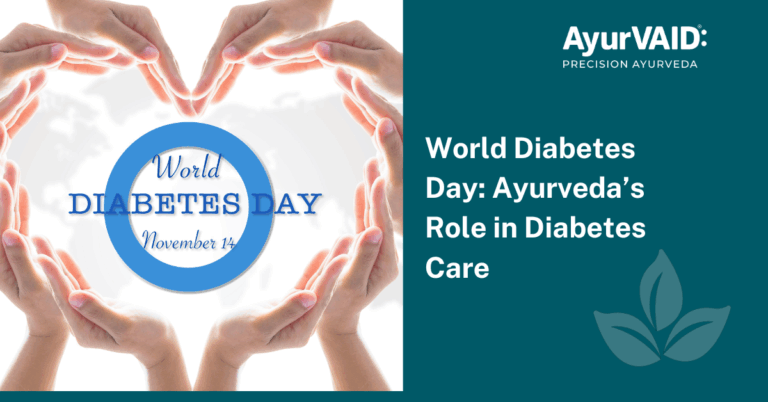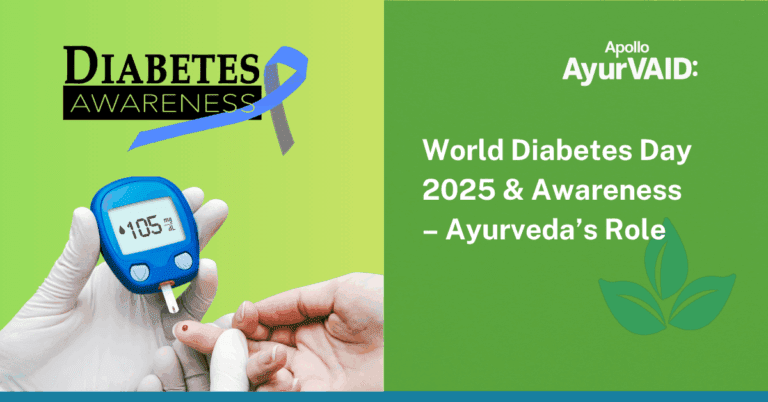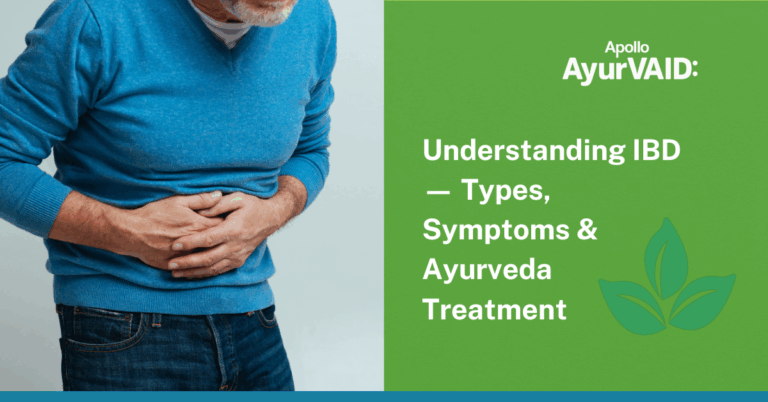May is Stroke Awareness Month, a time dedicated to enhancing public understanding of stroke risks, recognising signs of a stroke before it happens, implementing preventative strategies, and highlighting the importance of rehabilitation. This also presents an opportunity to showcase the evolving landscape of stroke recovery, where innovative and traditional healing methods seamlessly blend to empower survivors in reclaiming their lives.
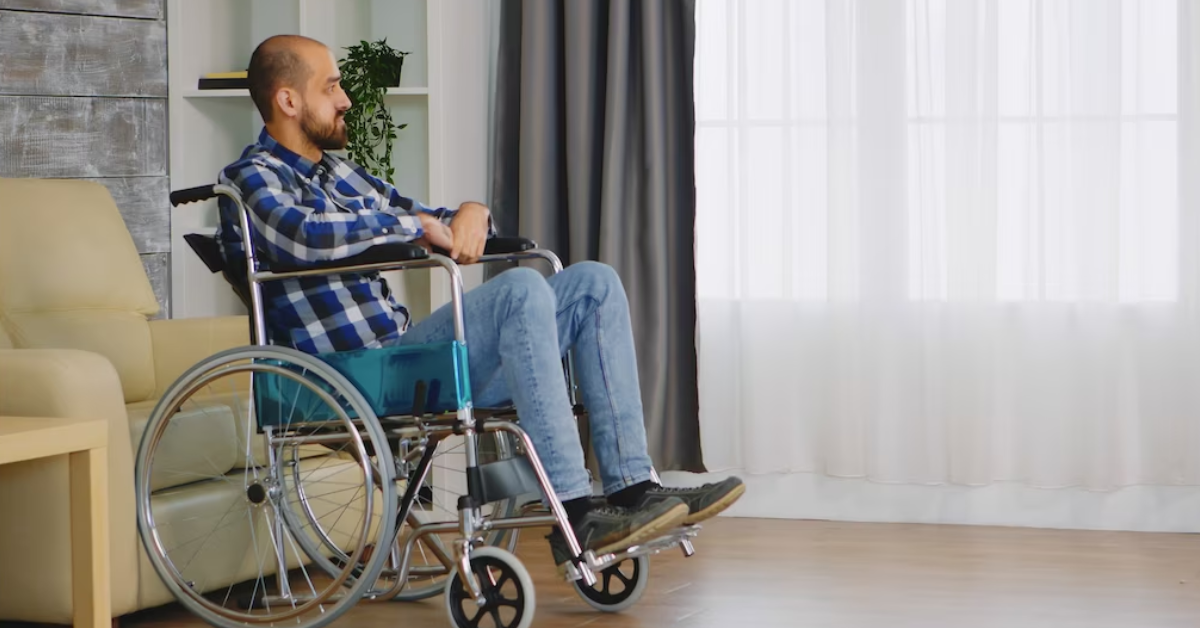
Understanding Stroke
- F – Face Drooping
- A – Arm Weakness
- S – Speech Difficulty
- T – Time to Call Emergency Services
Stroke Rehabilitation
While approximately 5% of stroke patients do not survive their initial episode, a significant number are discharged facing functional challenges such as difficulties with walking, speaking, swallowing, or managing daily activities. Rehabilitation is crucial in restoring independence, reducing impairment, and improving overall quality of life. Unfortunately, numerous patients miss out on adequate post-stroke rehabilitation due to limited knowledge, accessibility issues, or a lack of confidence in the outcomes. Stroke rehabilitation must address not only the neurological impairment but also the individual as a whole, as chronic conditions such as diabetes or hypertension often complicate the recovery process.
Transforming Stroke Rehabilitation With AyurVAID
Stroke rehabilitation at Apollo AyurVAID is more than just physical therapy — it’s a multidimensional, protocol-driven process combining Ayurveda principles with contemporary treatment approaches, including physiotherapy, speech therapy, and occupational therapy to manage symptoms and root causes. This integrated approach empowers patients to thrive, promoting a quicker recovery compared to traditional methods alone.
Key features of the Apollo AyurVAID Integrative Stroke Rehabilitation Program:
- Personalised, Root-Cause Focused: Treatment regimens are based on Prakriti (individual constitution), disease stage, and extensive assessments incorporating modern diagnostic tools (brain imaging, lab testing) and Ayurveda diagnostics (Ashta Sthana, Dasha Vidha Pariksha).
- Multidisciplinary Integration: Patients receive care from Ayurveda physicians, physiotherapists, neurologists, speech therapists, and dieticians, working together to ensure progress.
- Regular Monitoring and Updates: Progress is monitored using globally recognised scales like the Fugl-Meyer Assessment (FMA), Barthel Index (BI), and Modified Rankin Scale (mRS). These tools ensure transparency and measurable results.
- Supportive Ecosystem for Caregivers: Education and involvement of caregivers are key to long-term success, including training in home care, emotional support, and realistic goal setting.
The Golden Period of Recovery
Research repeatedly shows that the first three months following a stroke are crucial; the brain is most malleable and recovers during this period. With the proper rehabilitation programme, healing can take up to a year or more. Once the patient is medically stable, Apollo AyurVAID starts therapy anywhere from seven to ten days following a stroke. Early initiation helps to enhance results, lower spasticity and despair, and promote better reintegration into home, work, and social settings.
Patient-reported results across Apollo AyurVAID clinics reveal notable improvement in mobility, voice clarity, weariness, and mental well-being within weeks of combined treatment. Many recover their dignity and self-confidence by means of daily routines, including dressing, walking, toileting and moving independently— activities defining freedom. Better coping strategies, less burnout, and more pleasure in the healing process are among the reports from caregivers. This metamorphosis is quite human, not only medical.
Stroke Awareness Begins With You
As we observe Stroke Awareness Month, let’s remember that knowledge saves lives:
- Know the F.A.S.T. signs.
- Understand the risk factors — high blood pressure, smoking, sedentary lifestyle, and poor diet.
- Support rehabilitation awareness, ensuring survivors get timely and appropriate care.


